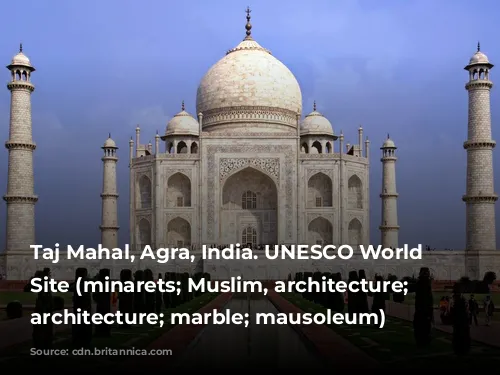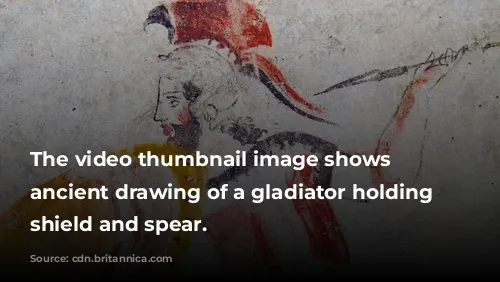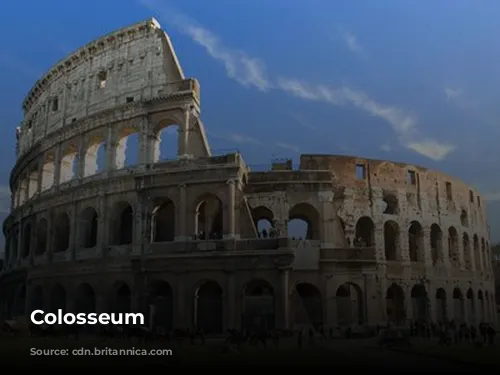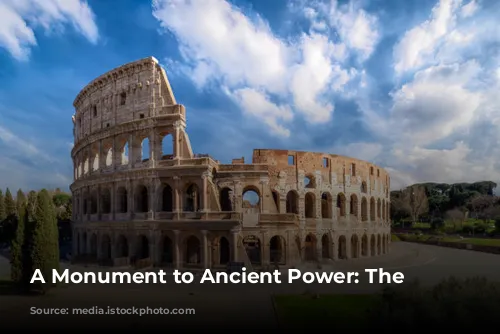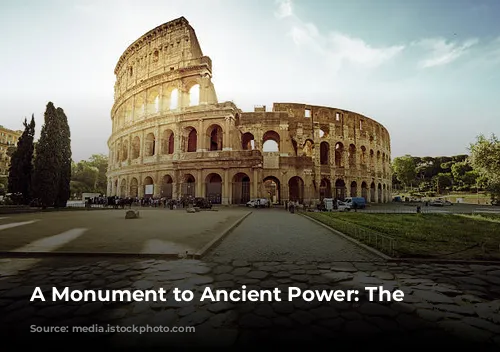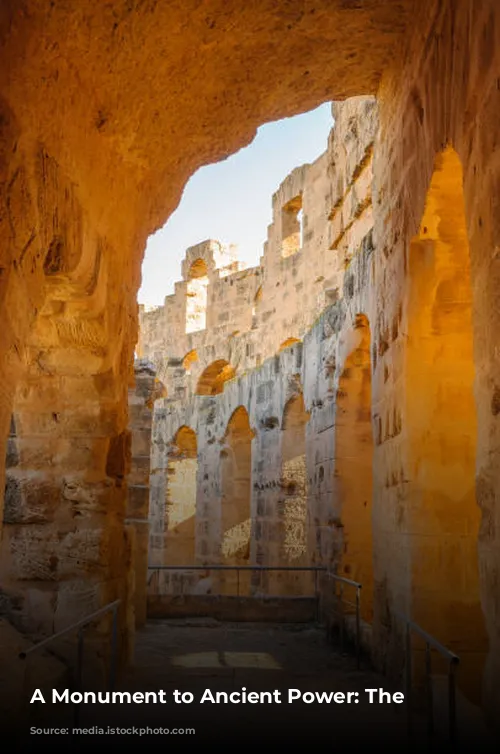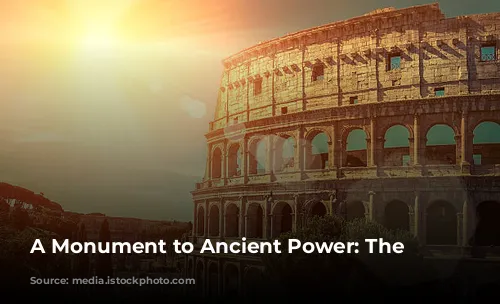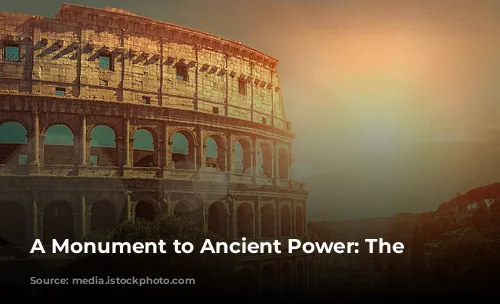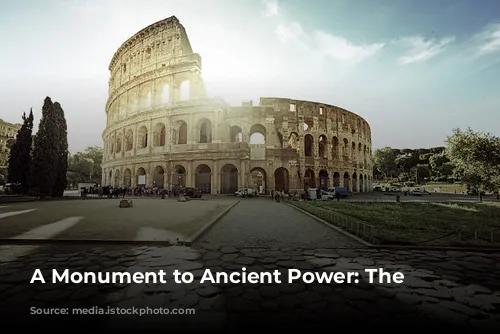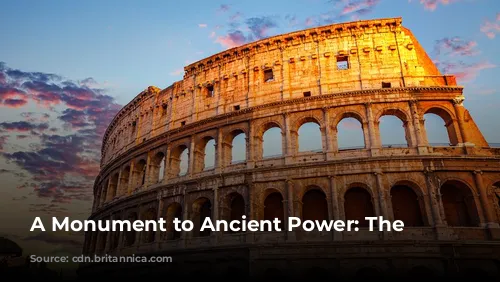The Colosseum, a symbol of ancient Rome’s grandeur, stands today as a testament to the Romans’ architectural and engineering brilliance. It’s more than just a breathtaking ruin; it’s a vital source of income for Italy. In 2018 alone, the Colosseum, the Roman Forum, and Palatine Hill collectively raked in over $63.3 million (€53.8 million), making it Italy’s top tourist attraction.
From Gladiator Arena to Fortress and Quarry
The Colosseum’s journey has been as dramatic as the events it once hosted. After the fall of the Western Roman Empire, the once-mighty structure fell into a state of neglect. In the 12th century, the Frangipane and Annibaldi families transformed the arena into their fortress, a stark contrast to its former glory. Centuries later, Pope Alexander VI allowed the Colosseum to be stripped of its materials, turning it into a quarry. It wasn’t until the 1990s that state-funded restoration efforts breathed new life into the ancient wonder, attempting to restore it to its former grandeur.
A Gift of Plunder and Blood: The Colosseum’s Origins
The Colosseum’s construction began under the reign of Emperor Vespasian, a period of rebuilding following the chaotic “Year of the Four Emperors” in 69 CE. Like other amphitheaters of the time, Vespasian envisioned the Colosseum as a center for entertainment, a place where gladiatorial combats, animal hunts, and even mock naval battles would captivate the Roman populace.
Construction commenced between 70 and 72 CE, and the structure was formally dedicated in 80 CE by Titus, Vespasian’s son and successor. The Colosseum’s fourth story was added later by Emperor Domitian in 82 CE. It’s worth noting that the Colosseum’s construction was funded by the spoils of war from Titus’s sack of Jerusalem in 70 CE. It was built, in part, by enslaved Jews from Judaea, a sobering reminder of the empire’s brutal methods.
An Architectural Marvel: The Colosseum’s Design and Construction
The Colosseum, also known as the Flavian Amphitheatre, is a colossal elliptical structure made of stone, concrete, and tuff. Rising to four stories, it measures an impressive 620 by 513 feet (189 by 156 meters), capable of accommodating a staggering 50,000 spectators.
The Colosseum’s construction was a feat of Roman engineering, a testament to their innovative techniques. Unlike earlier amphitheaters, which were often built into hillsides for support, the Colosseum stands as a freestanding structure. Its foundation is a complex system of barrel and groin vaults, supporting a massive structure of travertine, volcanic tufa, and concrete.
A Spectacle of Blood and Entertainment
The Colosseum was a stage for countless spectacles of bloodshed and entertainment. It housed thrilling gladiatorial combats, contests between men and animals, and even mock naval battles. A massive retractable awning, the velarium, shielded the spectators from the sun. Hundreds of Roman sailors were required to manipulate the complex rigging that extended and retracted this awning, creating a dynamic spectacle. While the Colosseum’s role in the martyrdom of early Christians remains uncertain, its history is deeply intertwined with the brutal reality of Roman society.
From Decay to Restoration
Over the centuries, the Colosseum suffered the ravages of time, natural disasters, and human neglect. Lightning strikes, earthquakes, and vandalism left their mark on the once-grand structure. The marble seats and decorative materials vanished, making it seem like little more than a quarry for over a thousand years.
However, the 19th century marked a turning point. Efforts by Pope Pius VIII and later, a large-scale restoration project in the 1990s, revived the Colosseum’s glory. Today, it stands as one of Rome’s most visited attractions, drawing close to seven million visitors annually. The Colosseum is not just a monument to the past; it’s a living testament to the power of history, a place where visitors can experience the awe-inspiring grandeur of ancient Rome.
